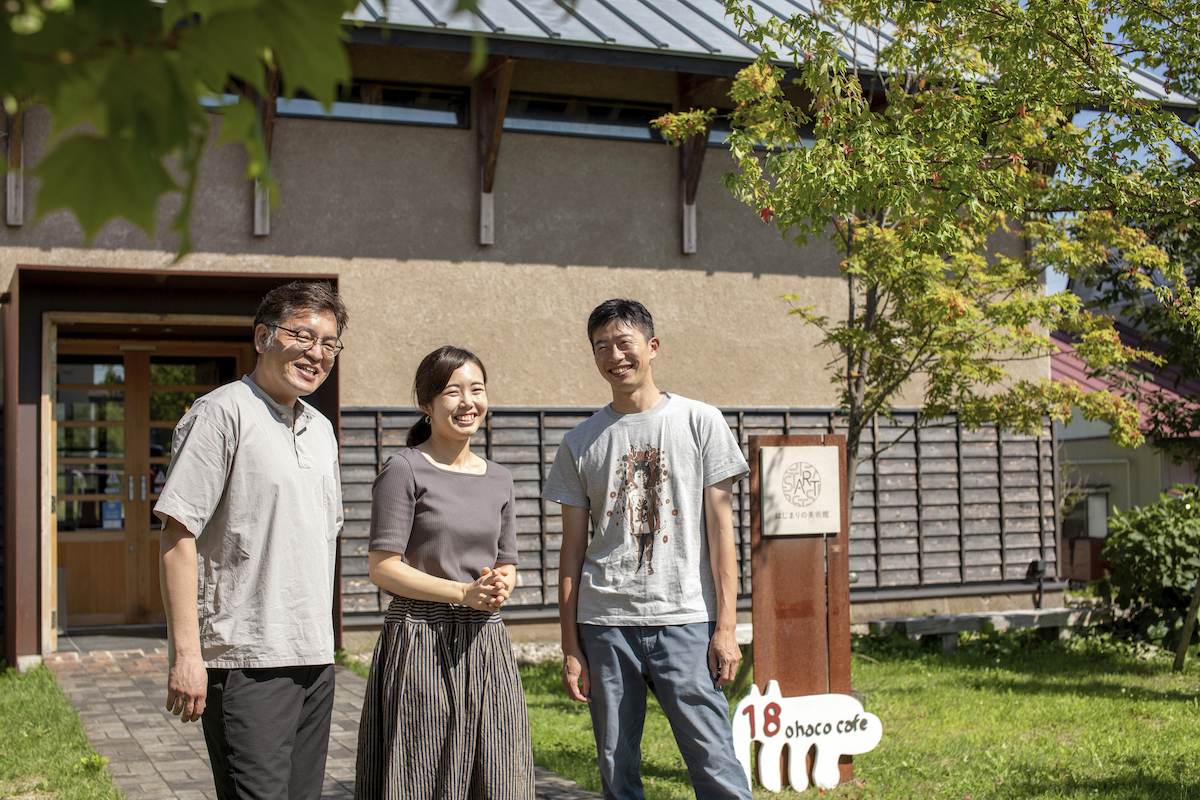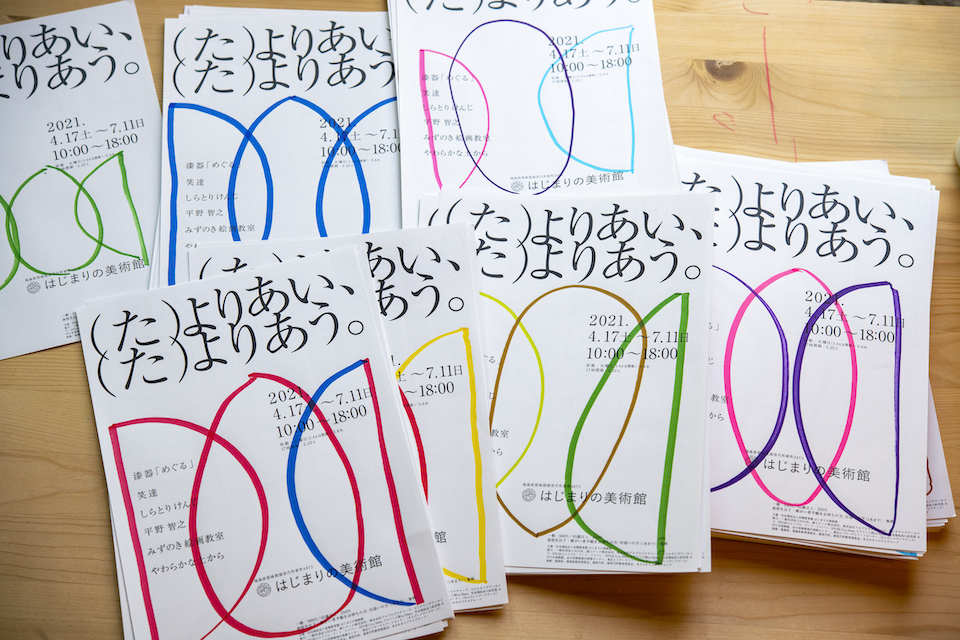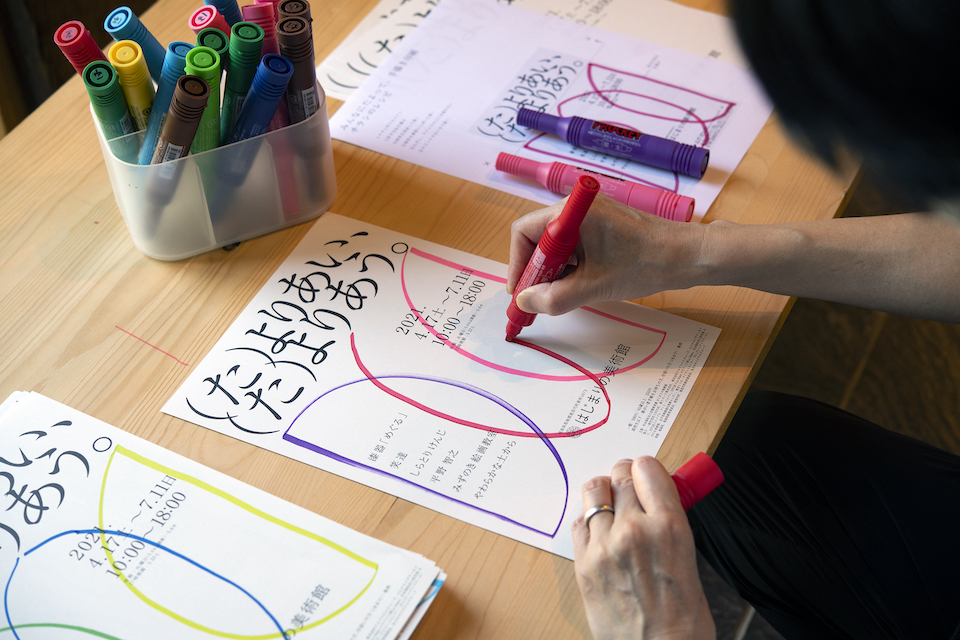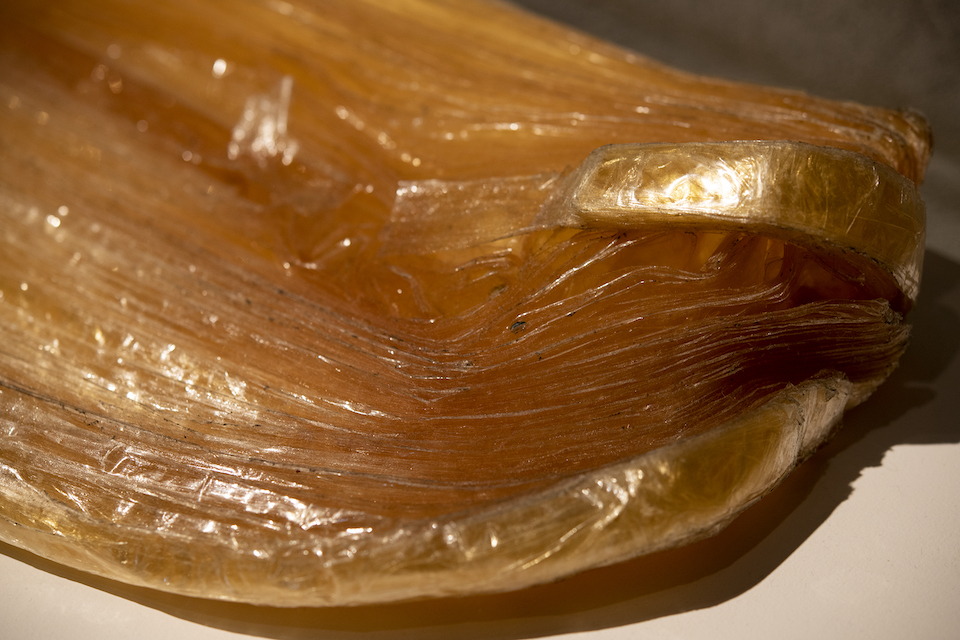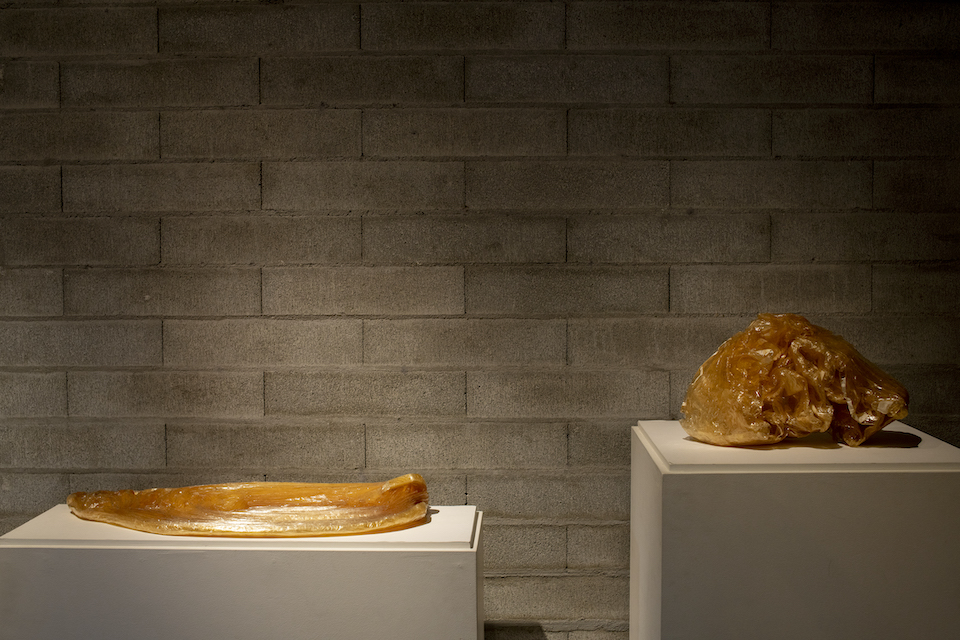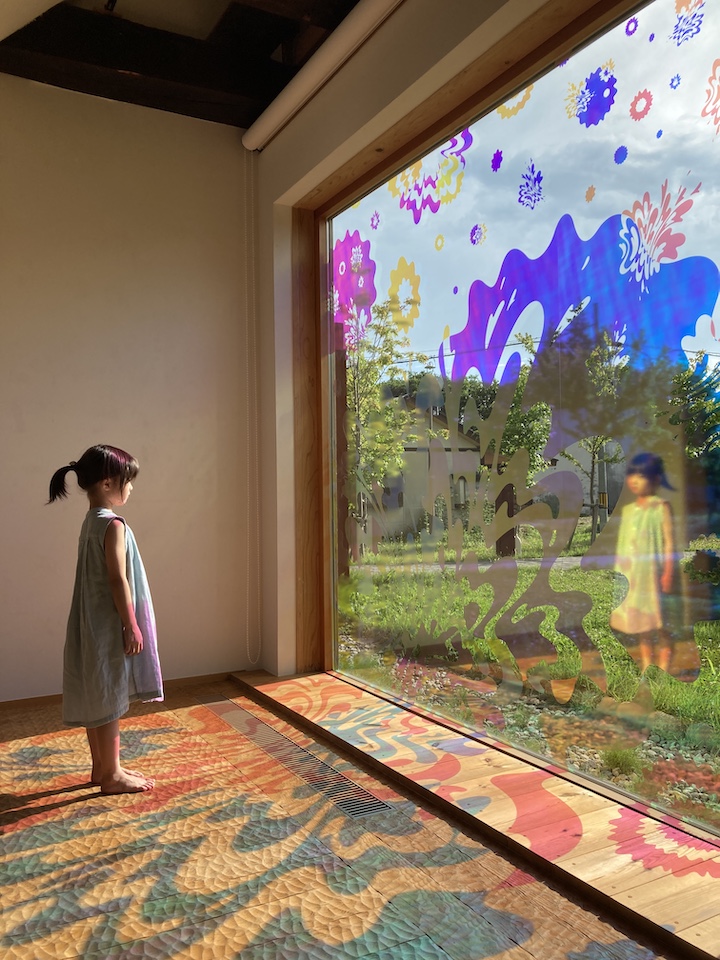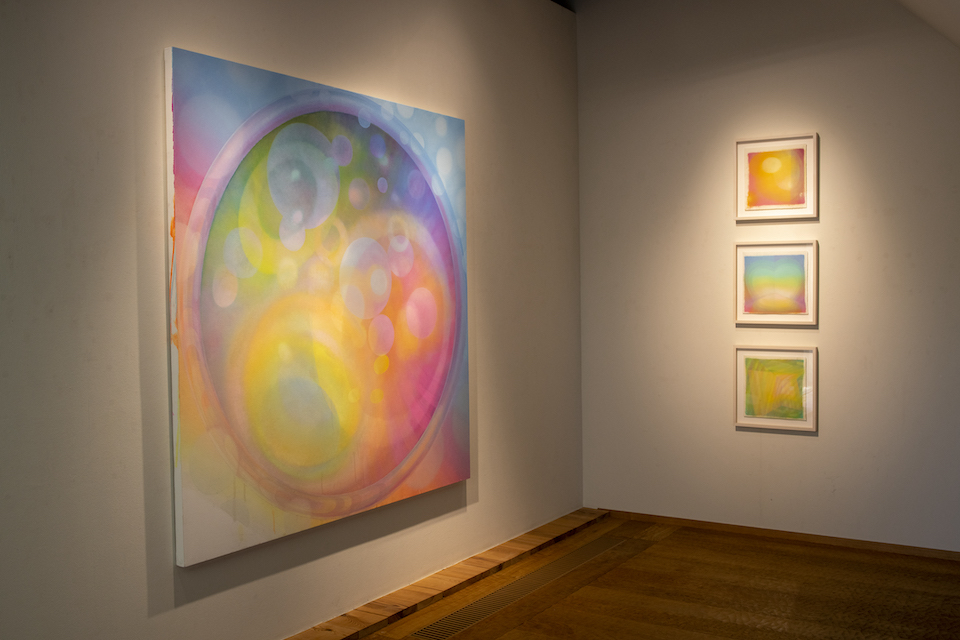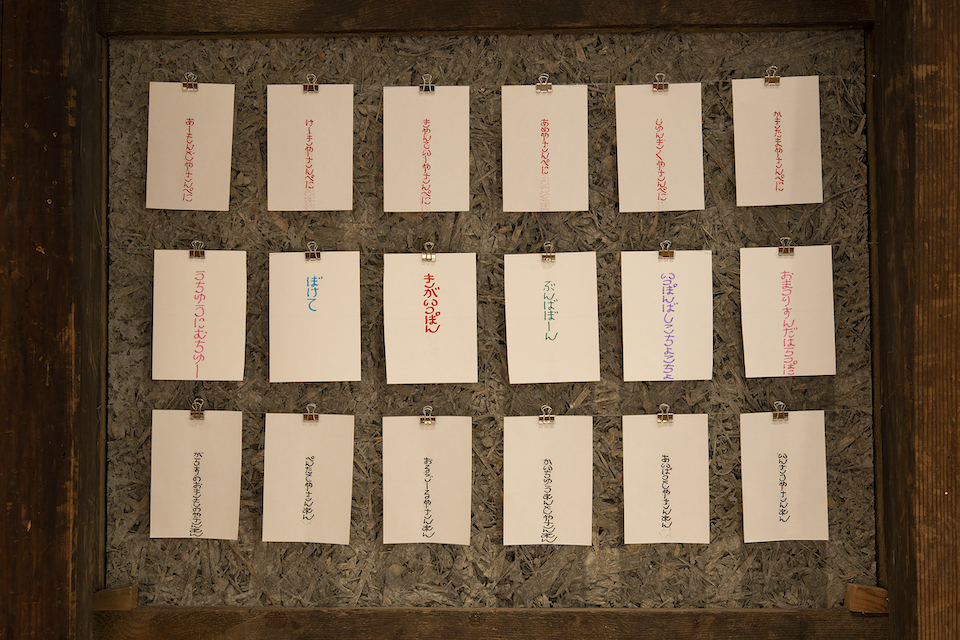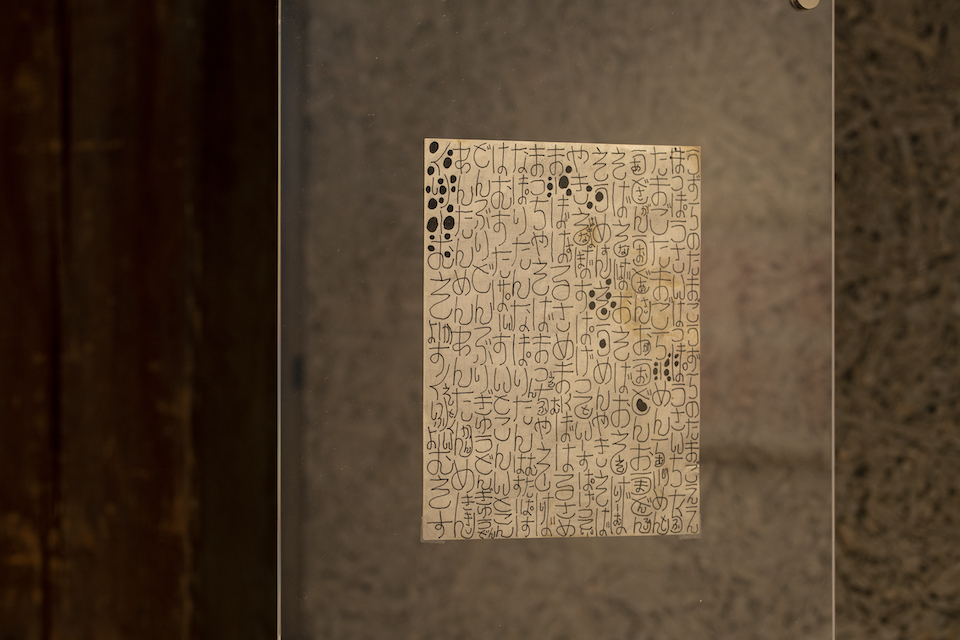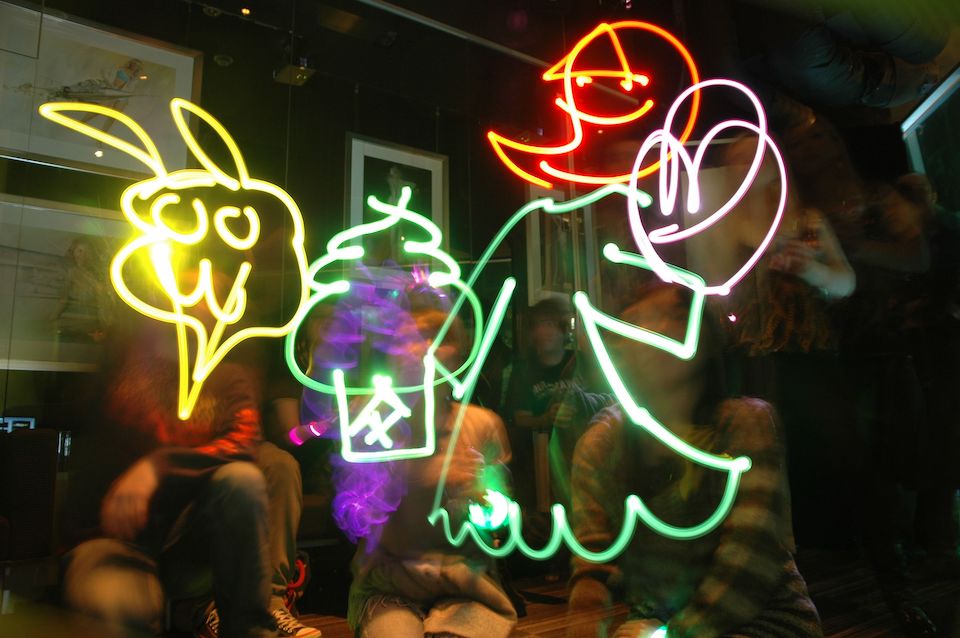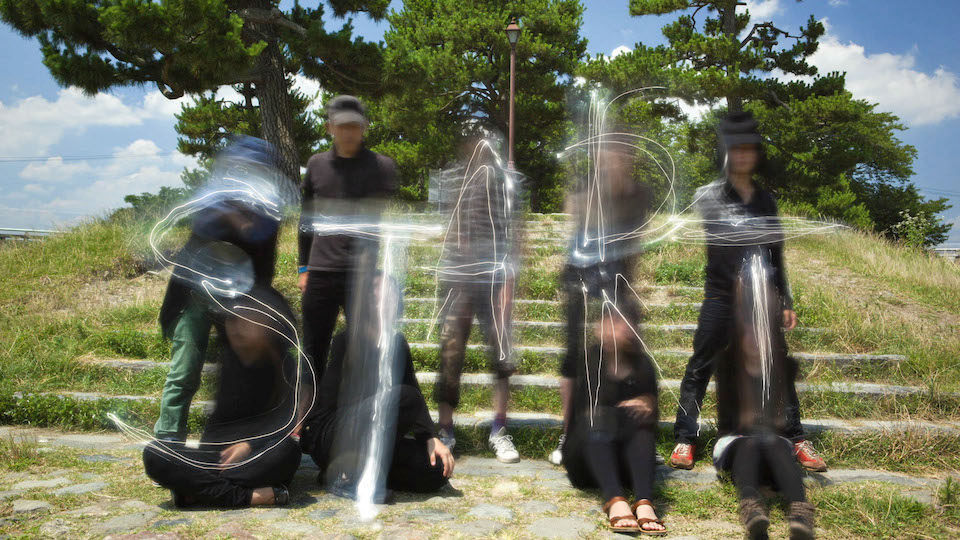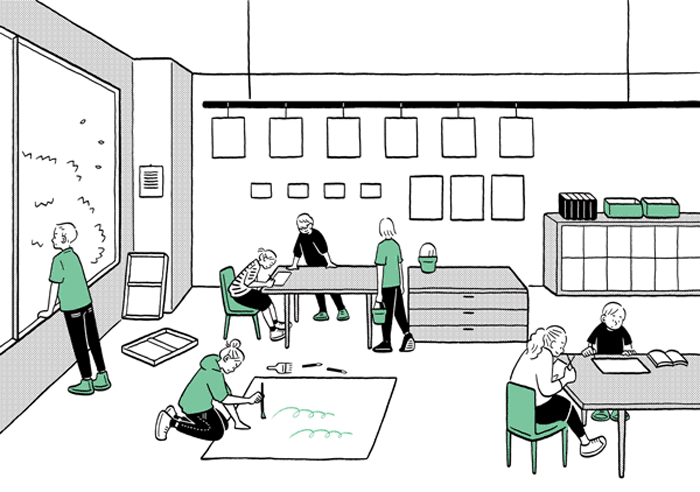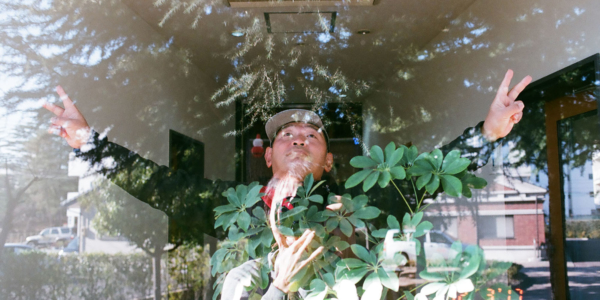Establishing new relationships through a positive take on “depending.”
From the jump, Hajimari Art Center in Inawashiro-machi Fukushima is unconventional as a museum – visitors have to take off their shoes prior to entering the exhibition space. In each of their exhibitions, artworks by people with disabilities and cutting-edge artists are presented equally under a distinct theme.
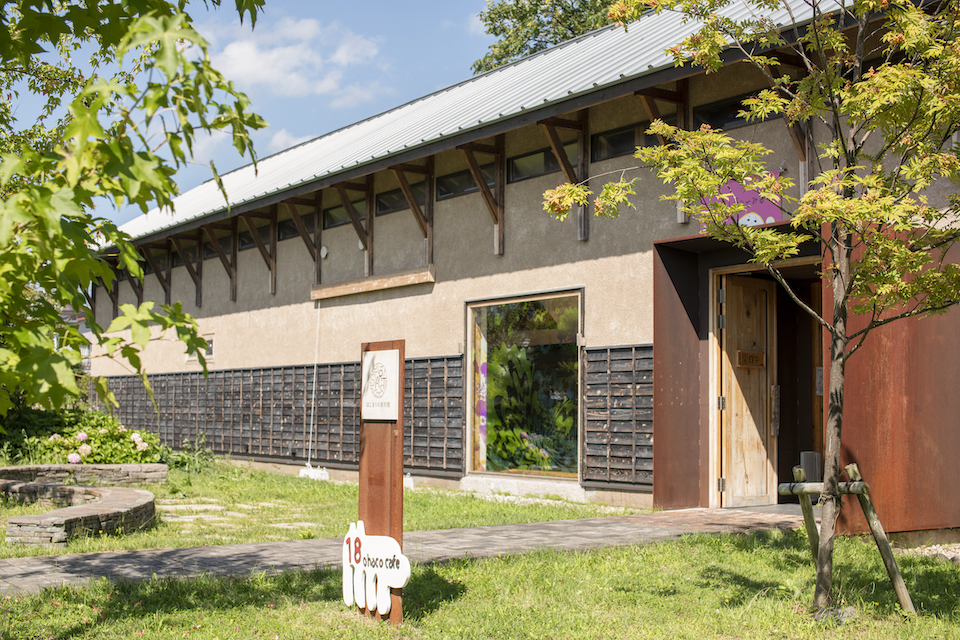
The entrance of Hajimari Art Center. The center opened in 2014 housed inside a renovated 140 year-old sake brewery.
For Ta-Yoriai, Ta-Yoriau (Depending on each other, together), which took place in April 2021, they invited 6 artist groups under the notions of “depending.” What was their intention on choosing such a theme when “dependency” is often considered as something negative in our society?
KOBAYASHI Tatsuya who organized the exhibition told us that they initially thought of “independent” as a keyword related with to the 10th year anniversary of the 2011 Great East Japan Earthquake: “But personally, I am almost 40 years old and I know that there is only so much that a person can do on their own. I realize now that I am dependent and depended on by various people and things. I even depend on some memories to get by. From childhood we are encouraged to be independent and be able to do things on our own, but actually I think that being independent is a state being co-dependent on various things.”
They placed brackets around the Japanese character of “Ta” so that the titled could also be read as “Yoriai, Yoriau”, which means “to collect” or “to gather.”
Prior to the opening of the art center, they actively hosted get-togethers with locals which were called “Yoriai.” There they had discussions about how the art center can vitalize the local community. In the last 10 years since the earthquake disaster, “reviving the region” was a commonly used phrase. However, Kobayashi believes that “to revive” does not mean to simply reconstruct what was there before but rather to establish new bonds through co-dependency between various factors.
“The exhibition included many different artforms such as: paintings, drawings, lacquerware, and video projections. Our intention was to have people experience various forms of co-dependency through these works. We hoped that this would present a positive take on ‘depending’ and encouraging visitors to explore new relationships.”
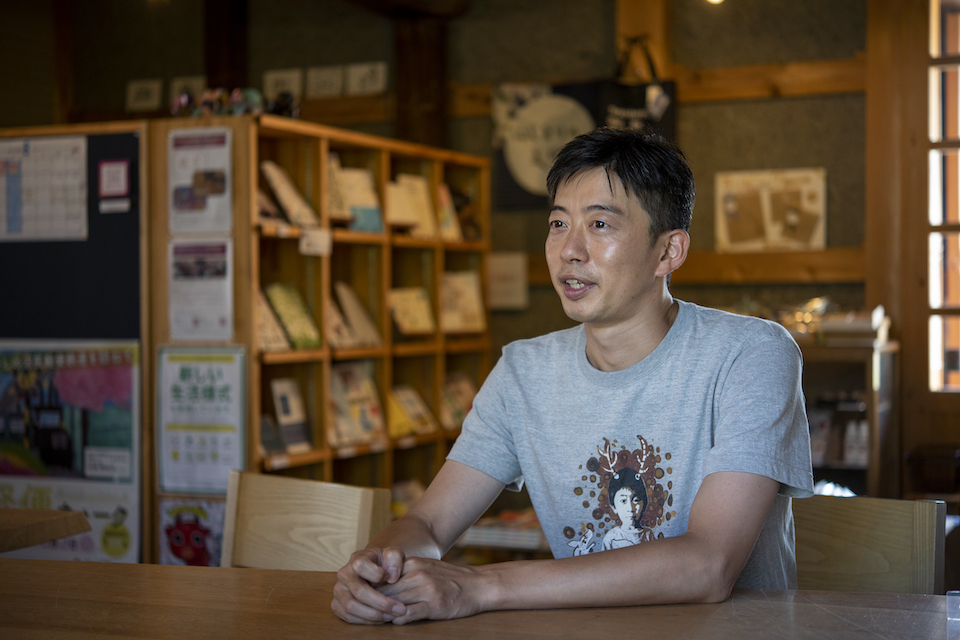
Tatsuya Koboyashi who is in charge of exhibition planning at Hajimari Art Center.
One of the unique works presented was Kenji’s Room by visually impaired art-lover SHIRATORI Kenji. Near the entrance, Shiratori himself sat in an area surrounded by objects such as: a table, sitting mat, refrigerator, cabinets, and clothing racks. It was setup to resemble his living space. The interaction between the visitor and the artist became the experience of the artwork.
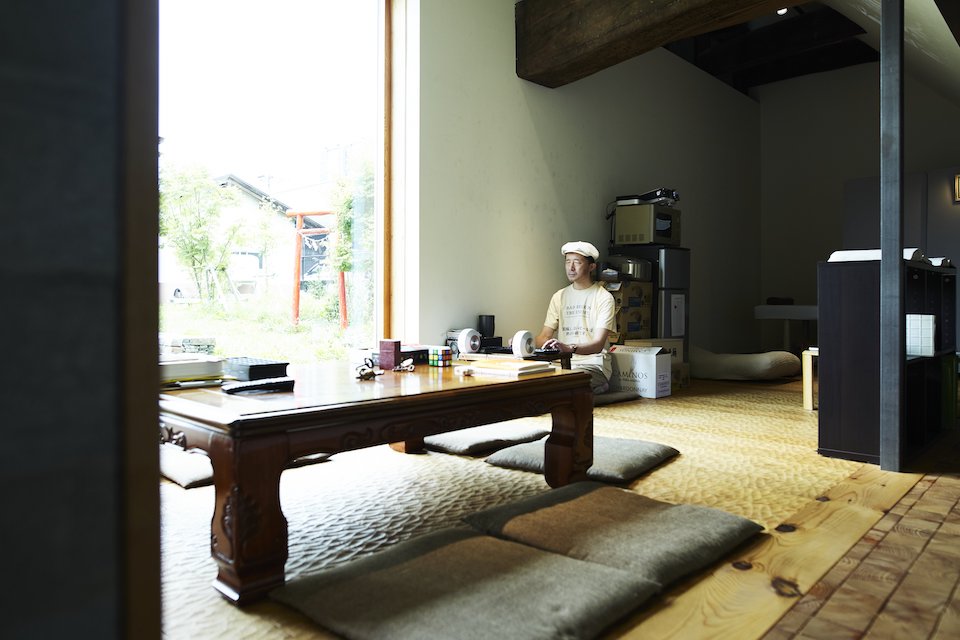
At Ta-Yoriai, Ta-Yoriau (Depending on each other, together), visually impaired art-lover Kenji Shiratori stayed in a space that was constructed in the exhibition. This was called Kenji’s room. The presence of Shiratori and whatever happened in the space was the artwork. (Photo by SAWAKI Ryohei)
“Visitors who expected to see artwork were caught off guard when they saw the artist in the space. Their reactions varied, some would say ‘oh, excuse me’ and others would completely ignore him. It was interesting to see the different interactions that took place. Shiratori was usually sitting and working on his computer, but people didn’t recognize this because the computer he uses doesn’t have a screen. Often they would come up to him and ask what it was that he was doing.”
Through meeting Shiratori, who is visually impaired, one realizes for the first time that his computer is different from computers that people who are not visually impaired use.
Kobayashi told us that they want the artwork to inspire people to reflect on the way they think and how they live their lives: “We want our visitors to empathize and relate to the artwork. We hope that this will inspire people to create something on their own or to realize that what they do in daily life is already creative. We want the experience to become a beginning for something new that will change the way we comprehend or lead to discovering new perspectives. The namesake of this art center Hajimari (beginning), comes from these ideas.”
The “viewer” is always the subject
During our visit there was another exhibition taking place that had an equally provocative title: Yawarakaku Nattemiru (Becoming soft).
OMASA Ai, who is the curator of this exhibition believed that the prolonged pandemic was making people stressed and feel isolated in their daily lives. In these times she thought what was needed is a kind of “soft” resilience:
“Becoming ‘soft’ could imply someone being weak or vulnerable, but it could also refer to being flexible or willing to change. We wanted to give a massage to notions that may have stiffened up or suggest ways to relax in hopes that it would provide a flexibility to get by the daily grind. We chose artists that we thought could soften up both the viewer’s mind and body.”
In this exhibition, 7 artist groups presented various works that dealt with this theme. However, it became clear as we experienced the works that the subject of who was actually “becoming soft” was us, the viewer.
* *
As we took off our shoes and walked into the exhibition space, each step was met with a pleasant feeling from the floor made of raw Karamatsu (Japanese Larch) blocks. One of the works was an amber-colored object. Its surface was so shinny and smooth that it makes you want to feel it.
Omasa told us that many of the visitors are tempted to touch the artwork: “Maybe it’s because they feel comfortable after taking of their shoes, but we ask not to touch the work unless it specifies that you can. However, taking photos are allowed throughout the exhibition.”
Tape Sculpture by UMEKI Teppei is made from scotch tape.
It looked like a pastry or an amber gemstone. It could also be a sea creature or even a fish bone. In any case, its intriguing shape makes one wonder what it could possibly be.
Omasa thought it looked like the prehistoric extinct animal Anomalocaris, but also pointed out that the work is not intended to be representational: “All of Umeki’s work are distinctly unique. But for each of his work you can feel how he is driven to create what he envisions while at the same time enjoys the process of cutting and sculpting with scotch tape.”
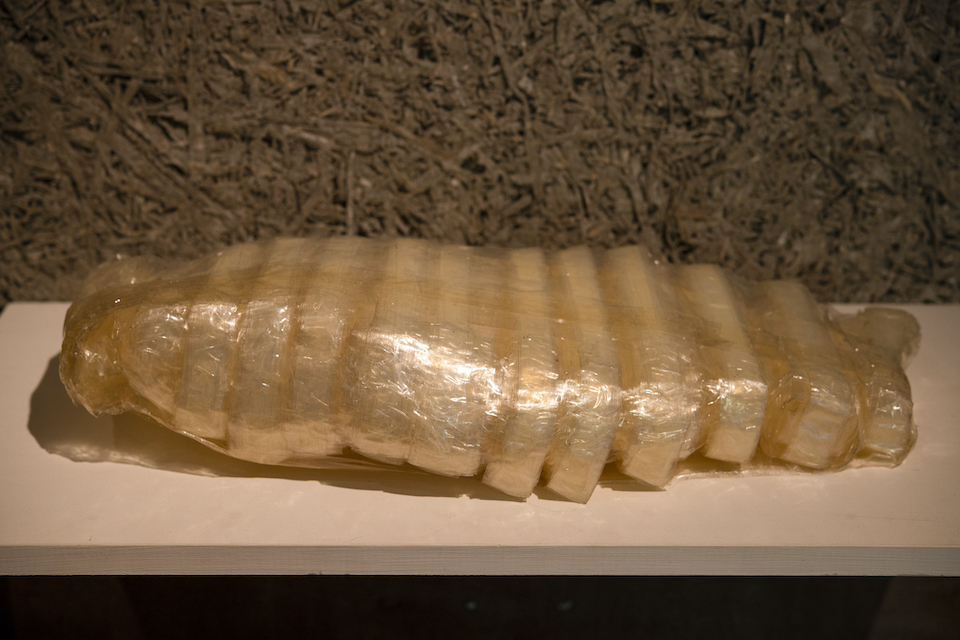
Teppei Umeki, Tape Sculpture / tape, stone / 2013~2014
SOYA Asae’s Naru Oto (The Sound of Colors) is made of colorful transparent sheets cut into various shapes and placed on a window. It looked completely different when seen from the front or seen from the side, which encouraged the viewer to move around. The colorful shapes that were projected on the floor change their characteristics over time and responded to the weather, like the subtle movements of the clouds. This combined with the unique patterns of the larch floor panels made it reminiscent of ripples moving across water. The work made you want to indulge in the gradually shifting colors that passed through your whole body.
SHIMIZU Chiharu’s work is made from words. Some are densely written texts on a single piece of paper and others are just simple phrases written with colorful markers that read: “There is a tree” or “bun-ba-bon.”
Omasa told us that the difference came from the amount of stress felt by the artist: “When Shimizu was going through a stressful period, many words were written very close to each other as a way to deal with the stress. Recently the artist seems to be happy and feeling less pressure, which resulted in works with short phrases.”
Perhaps it was the joy we felt in these words that lightened up our hearts and made us want to read it out loud.
* *
TOCHKA’s PiKA PiKA which creates animations from drawing lines with light, reminded us of pictures and letters we used to draw with handheld fireworks during our childhood.
On surface the piece looked simple, but it combined techniques of time-lapsed exposure photos with stop animation that required hours of tedious work with technology. However even without knowing the details on how it was made, we were drawn into a delightful world where colorful scribbles of light danced, sang, and even cheered to the music.
Art by anyone, any time
As we experienced the works, our minds were stretched and folded in different directions and felt our senses becoming more receptive like a sponge. What kind of criteria did they have when choosing the artworks and how did they decide on the layout of the exhibition?
“We chose artists that we wanted people know about because we simply felt that their work was fun or very good” was Omasa’s answer, hinting to a passion that she has towards these works and artists.
“We often feature work where the experience is more than just viewing. We try to structure the experience so that the visitor can be stimulated on different levels, for example by using their hands to make something. We want them to go home with that sensation.”
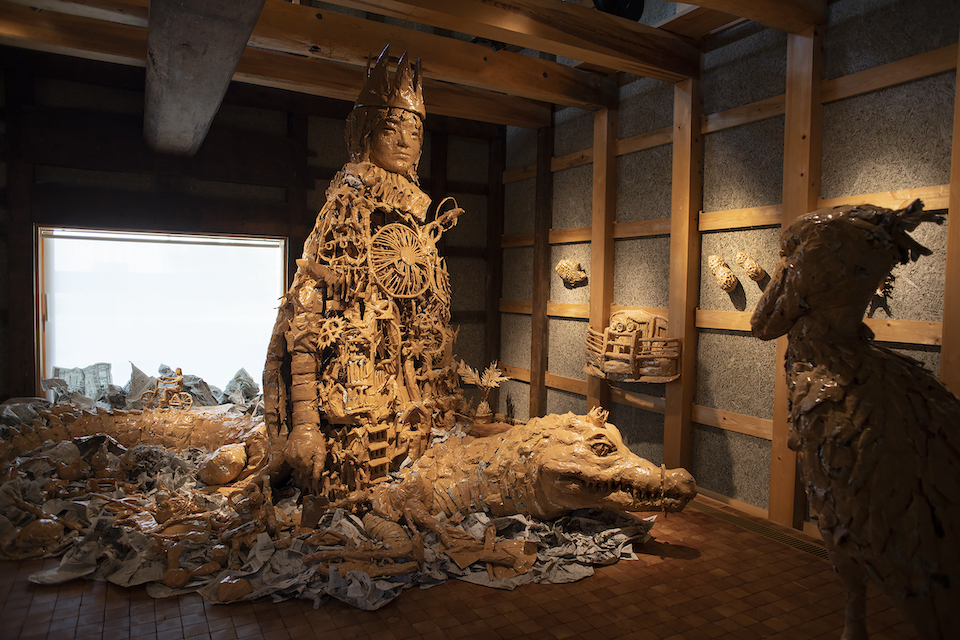
SEKIGUCHI Kotaro, Osama 2020Remix (soft type) / Newspapers, duct tape, wood, wires / 2021
For this occasion, they had set up a workstation in the exhibition space of SEKIGUCHI Kotaro who makes giant sculptures out of newspapers and duct tape. Visitors could create their own artwork with the same materials and take home what they made or leave it there as part of Sekiguchi’s work.
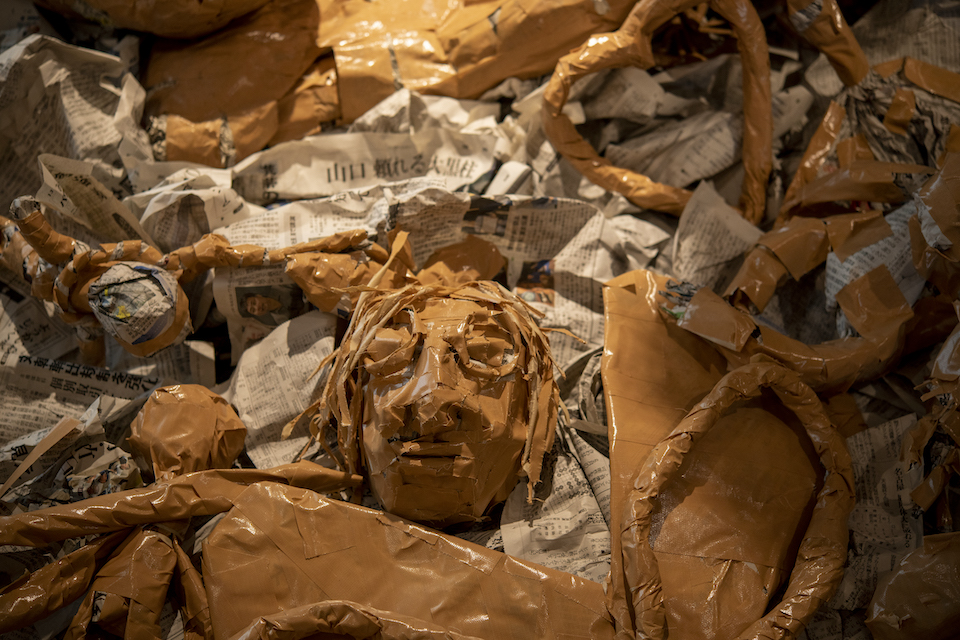
In the exhibition space of SEKIGUCHI Kotaro, there was a workstation where visitors could make whatever they wanted to out of newspapers and duct tape. It was exciting to see Sekiguchi’s work be transformed through the additions that the visitors made.
Omasa told us that the visitors were less hesitant to make something because newspapers and duct tape were familiar materials: “Art is not difficult and can be made by anyone, anytime. We hope our space can be where creativity is not just received but also something that one can relate to and participate in.”
We typically think of art as something special and different from what we do. We say: “Wow, that’s wonderful art!” but is that where the experience ends?
“It’s a shame if we end up distancing ourselves after being impressed by people with disabilities or artists. We want that experience to lead to something new.”
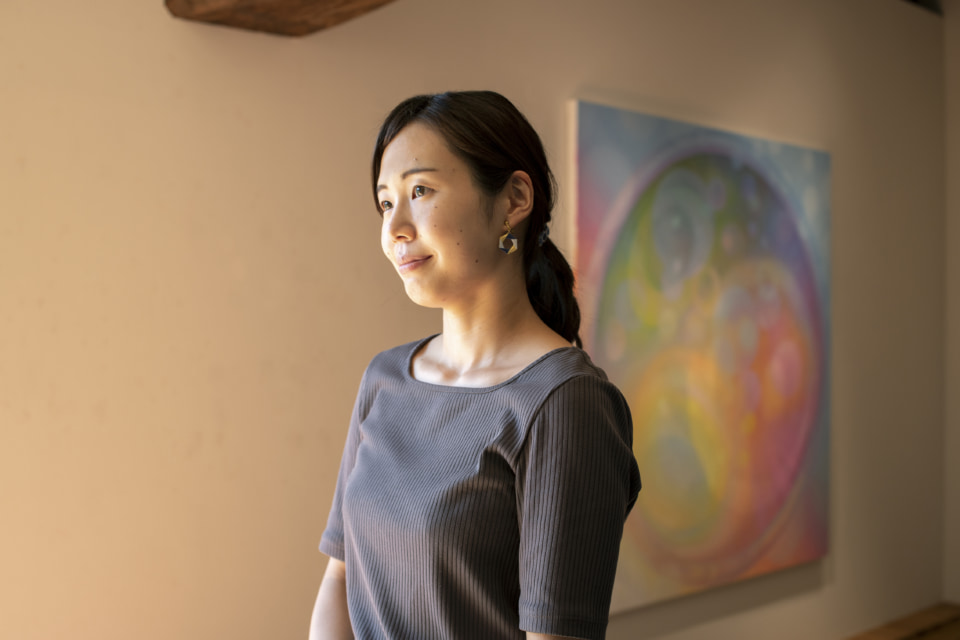
Curator of Hajimari Art Center OMASA Ai.
A place where something new begins
Director of Hajimari Art Center OKABE Takayoshi told us that people find it hard to relate when they hear something is made by person with a disability or by an artist: “But if you rephrase it as ‘this painting by so-and-so’ it becomes more relatable. It’s important to establish a relationship where people get to know each other directly.”
Okabe’s prior experience as a care worker for a welfare office has shaped his outlook as a director of an art center:
“When I was spending time with people with disabilities, it wasn’t one-sided like I was just supporting them, but there were many times when my general notions were challenged and flipped upside down. For example, there is something called ‘obsessive actions’ such as repeatedly saying hello. This may sound odd when you hear about it, but when you see a person doing this with a genuine smile it can be quite pleasant. It makes you rethink about why we are allowed to say hello to someone only when we first meet them. These kinds of encounters liberated me from rules that I had been forcing myself to follow.”
Okabe started to feel that people with such charming characteristics shouldn’t be confined to one place. After being appointed as director it was trial and error at first, but exhibiting art was one way to introduce to the public what Okabe felt was so special about the people he was drawn to.
“I noticed that when something that a person does is presented as an ‘artwork’, even family members that think they know everything about that person will change their attitude. In welfare, we talk a lot about understanding one’s disabilities, but ultimately it’s about getting to know a person and trying to share with others what you find is special about that them. I realized that I could do that here.”
After running the art center for 7 years, Okabe now recognizes the importance of creating a multifaceted space where one can meet, talk, learn, connect, create, and be yourself.
“As a director of an art center I started to think about the fundamental meaning of art and culture. Culture is a collection of customs, traditions, and values that have been practiced in daily life for a long period of time. Perhaps what shapes our society are these things that are passed down through generations.
If that is the case, culture is like the DNA of society, but unlike real DNA we can renew its content before it is passed down to the next generation. We can directly influence how society will be in the future.
What then becomes important is not to ignore things that bother you, but to question them or try to find different approaches to make it acceptable. Art, which challenges our conventional notions, can have a strong impact in doing this. I hope our art center can be a place which resonates with people in different ways and where something new begins for each visitor.”
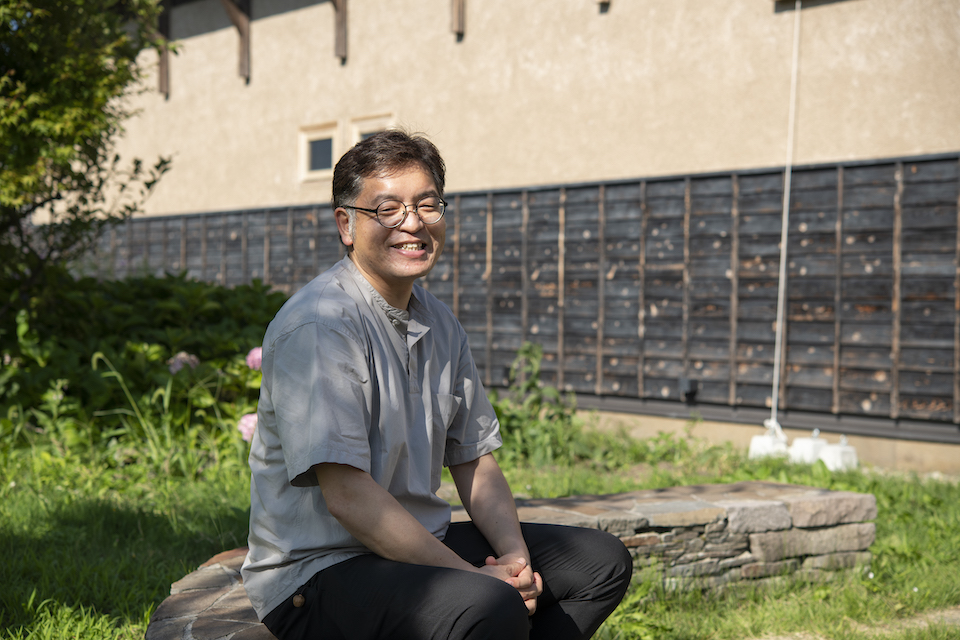
Director of Hajimari Art Center, OKABE Takayoshi
◯Information
《Hajimari Art Center》
WEB:https://hajimari-ac.com/




